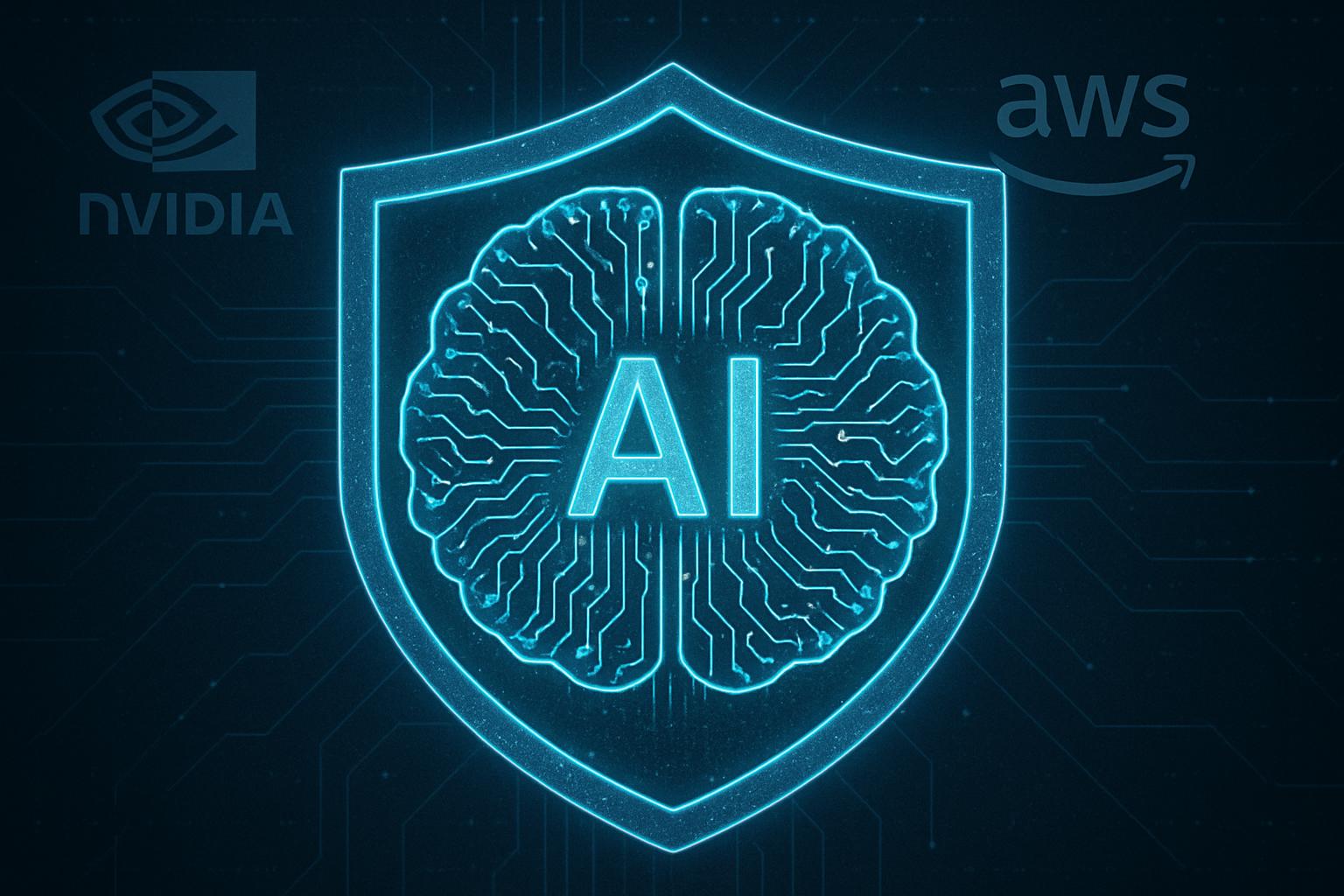
AI CERTS
23 hours ago
Trend Micro’s AI Shift Redefines Cyber Security
Moreover, integrations with NVIDIA and AWS promise near real-time inference at enterprise scale. Industries facing relentless attacks seek fresh defensive leverage. Consequently, the launch has attracted regulators, analysts, and competing vendors. Cyber Security leaders are evaluating the potential to predict incidents instead of chasing alerts. However, open questions around data governance and operational risk remain. This article unpacks the technology, market context, and adoption challenges ahead.
AI Market Momentum Today
Market analysts forecast explosive demand for generative tools in corporate defense. MarketsandMarkets pegs market growth from USD 8.65B in 2025 to USD 35.5B by 2031. That trajectory implies a 26.5% compound annual rate. Consequently, investors frame AI as the hottest Cyber Security subsegment.

Meanwhile, Trend Micro claims unmatched telemetry: 250 million sensors protecting 82 million assets across 500,000 enterprises. These data streams feed its models and differentiate defensive accuracy. Therefore, scale advantages could compound performance gains as adoption rises.
However, buyers still weigh cost, maturity, and regulatory alignment. Cyber Security budgets remain tight, so vendors must prove measurable risk reduction.
- 250 million sensors feed threat intelligence daily.
- 82 million assets receive continuous protection.
- 160 billion threats were blocked during 2023 alone.
These figures illustrate massive upside for innovators. Nevertheless, market excitement intensifies competition. Against this backdrop, Trend Micro outlines a bold AI strategy.
Trend Micro Strategy Unveiled
Trend Micro pitches a two-pronged approach: AI for security and security for AI. Firstly, the company released Trend Cybertron, an 8-billion-parameter model fine-tuned from Llama 3.1. Secondly, it embedded the model inside Vision One for proactive defense workflows.
Furthermore, the vendor decided to open-source both weights and an agent framework under a permissive license. This move seeks community scrutiny and accelerates integration with NVIDIA NIM microservices. Kevin Simzer called the threat data the company's "secret sauce" at launch.
Moreover, Trend Micro aligned the portfolio with AWS Bedrock to satisfy cloud portability requirements. Subsequently, customers can deploy the same controls across sovereign clouds when policy mandates isolation.
Cyber Security teams gain consolidated visibility and faster remediation via the agentic SIEM released in August 2025. The digital twin feature simulates attack paths before code reaches production.
Trend Micro's blueprint marries openness with enterprise discipline. Consequently, it positions the firm as an ecosystem orchestrator. Next, we examine the underlying technology stack.
Technology Stack Insights Explained
At the core sits Trend Cybertron running on NVIDIA GPUs for accelerated inference. NeMo Guardrails enforce content boundaries and enable safe prompt execution. That latency reduction is critical for Cyber Security incident response.
Additionally, NVIDIA Morpheus streams packet data into RAPIDS for high-throughput feature extraction. Consequently, Vision One can flag anomalies in less than one second per flow.
AWS infrastructure underpins global scalability while maintaining compliance with regional compliance rules. Customers choose single-tenant or multi-tenant deployments depending on sovereignty constraints.
Zero Trust design principles guide every integration layer. Each service authenticates through mutual TLS and least privilege policies. Therefore, lateral movement events are contained quickly.
These components create a cohesive, high-performance defense fabric. Nevertheless, policy alignment requires careful attention. Let us explore Zero Trust implications next.
Zero Trust Implications Explored
Zero Trust architectures demand continuous verification across identities, devices, and data. Trend Cybertron augments these checks by evaluating behavioral context in real time.
Moreover, Vision One applies the model's risk score within its policy engine. Consequently, suspicious sessions can be quarantined automatically before privilege escalation.
However, true Zero Trust success hinges on precise oversight of telemetry sharing. Regulated sectors must document data lineage and model access controls.
Effective policy segmentation strengthens Cyber Security posture without sacrificing productivity. Subsequently, attention turns to broader Governance concerns.
Data Governance Concerns Addressed
Generative models thrive on large, often sensitive, logs. Therefore, Governance frameworks must specify retention limits, masking routines, and acceptable use.
Trend Micro highlights a "Secure AI Factory" approach featuring audit trails and policy-driven data flows. Nevertheless, independent validation of those controls remains scarce.
Moreover, boards increasingly treat Governance failures as executive liability. Cyber Security officers should coordinate with privacy, legal, and audit teams to define guardrails.
Robust Governance builds trust with regulators and customers. Consequently, competitive differentiation often begins in the compliance office. Meanwhile, rivals are racing to match Trend Micro's pace.
Competitive Landscape Overview Brief
Major players like CrowdStrike, Palo Alto Networks, and Microsoft tout their own agentic defenses. In contrast, few vendors have open-sourced core models.
Trend Micro bets transparency will foster rapid improvements and position it as a neutral Cyber Security authority. Analysts from IDC and ESG praise the strategy but caution that proof points must follow. Consequently, independent benchmarks could decide market winners.
This competitive tension accelerates innovation. Therefore, security leaders need clear evaluation steps. Practical guidance follows next.
Practical Next Steps Forward
Security operations centers should request hands-on demonstrations with representative workloads. Furthermore, red-team simulations can reveal false positive rates and remediation latency.
Ask vendors for detailed Governance documentation, including data residency options and model update processes. Additionally, measure inference costs on Vision One running with and without NVIDIA acceleration.
Professionals may boost expertise via the AI Project Manager™ certification.
Cyber Security programs that align technical pilots with training see faster returns.
These action points translate strategy into measurable outcomes. Consequently, executives move from hype to value.
In summary, Trend Micro’s 2025 releases illustrate how open models and accelerated infrastructure can reshape enterprise defense. Moreover, the NVIDIA and AWS partnerships deliver performance benefits that legacy stacks struggle to match. The platform orchestrates Zero Trust controls while Cybertron predicts emerging threats. Consequently, executives should integrate talent development, such as the linked certification, into Cyber Security roadmaps. Act now to pilot the tools and upskill teams before attackers close the gap.



